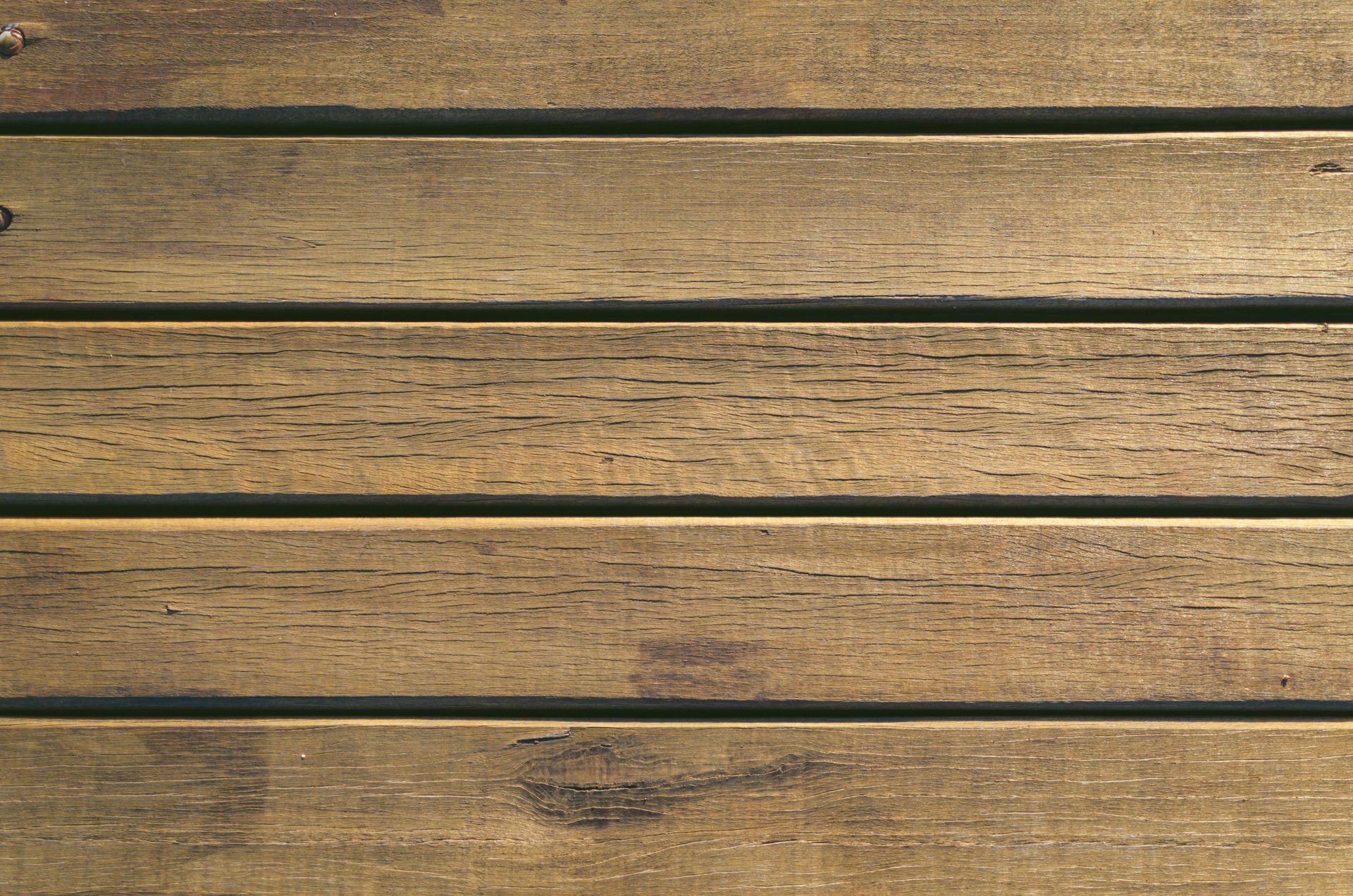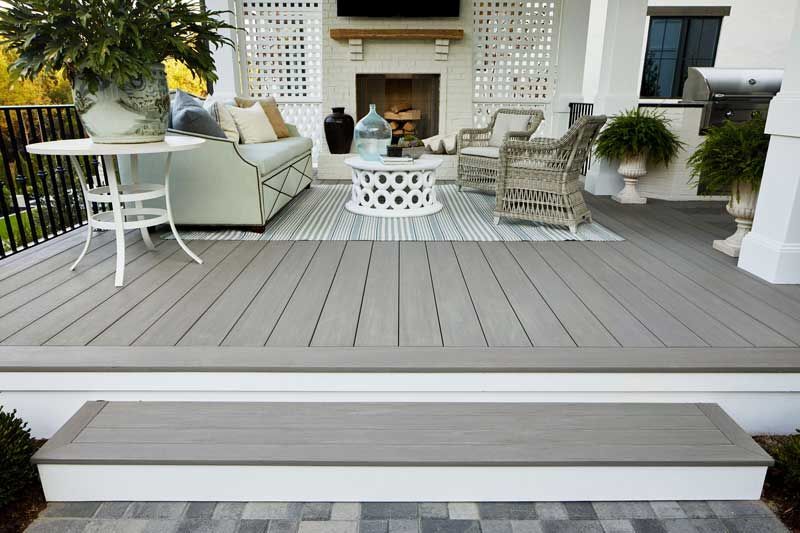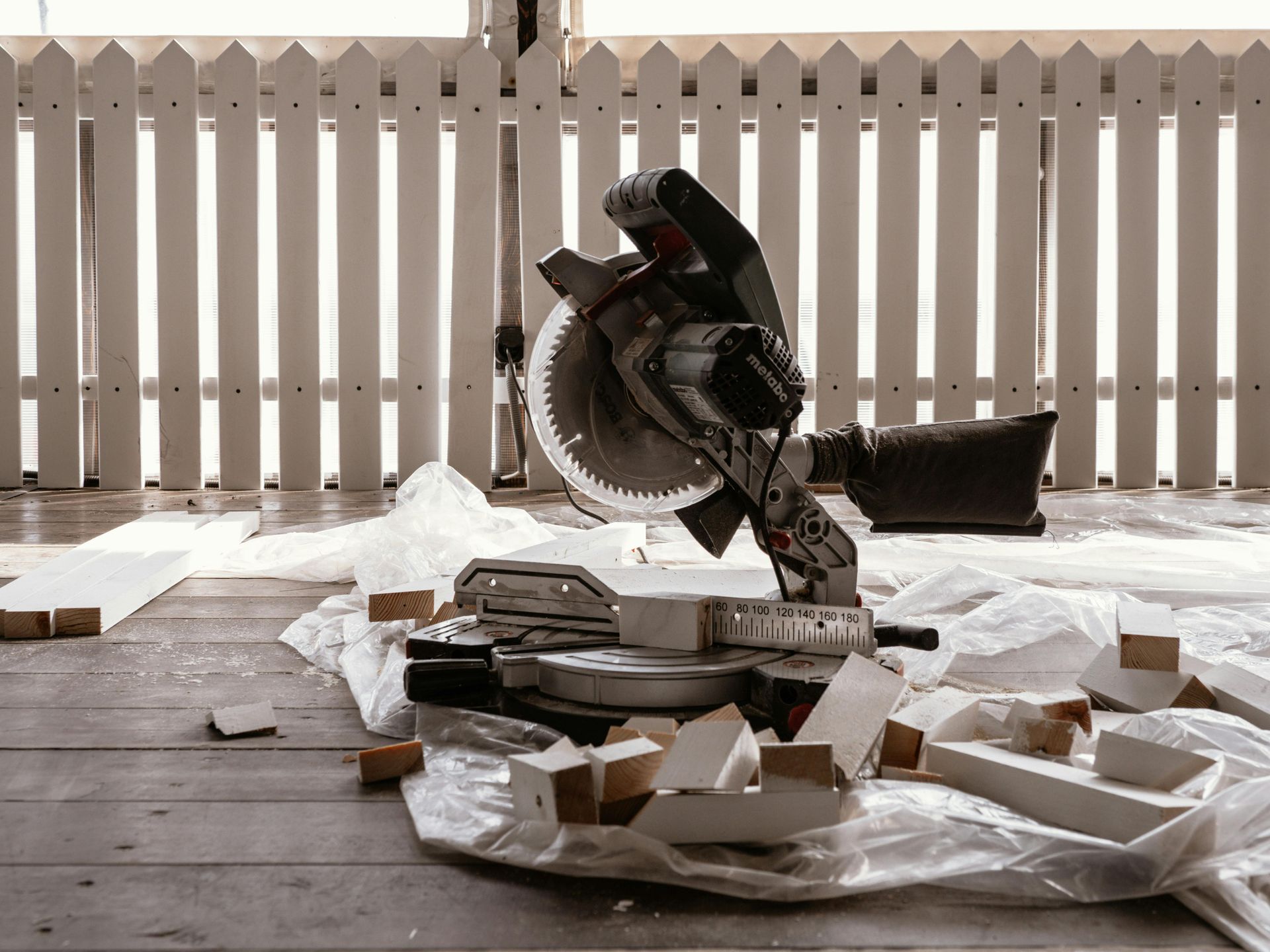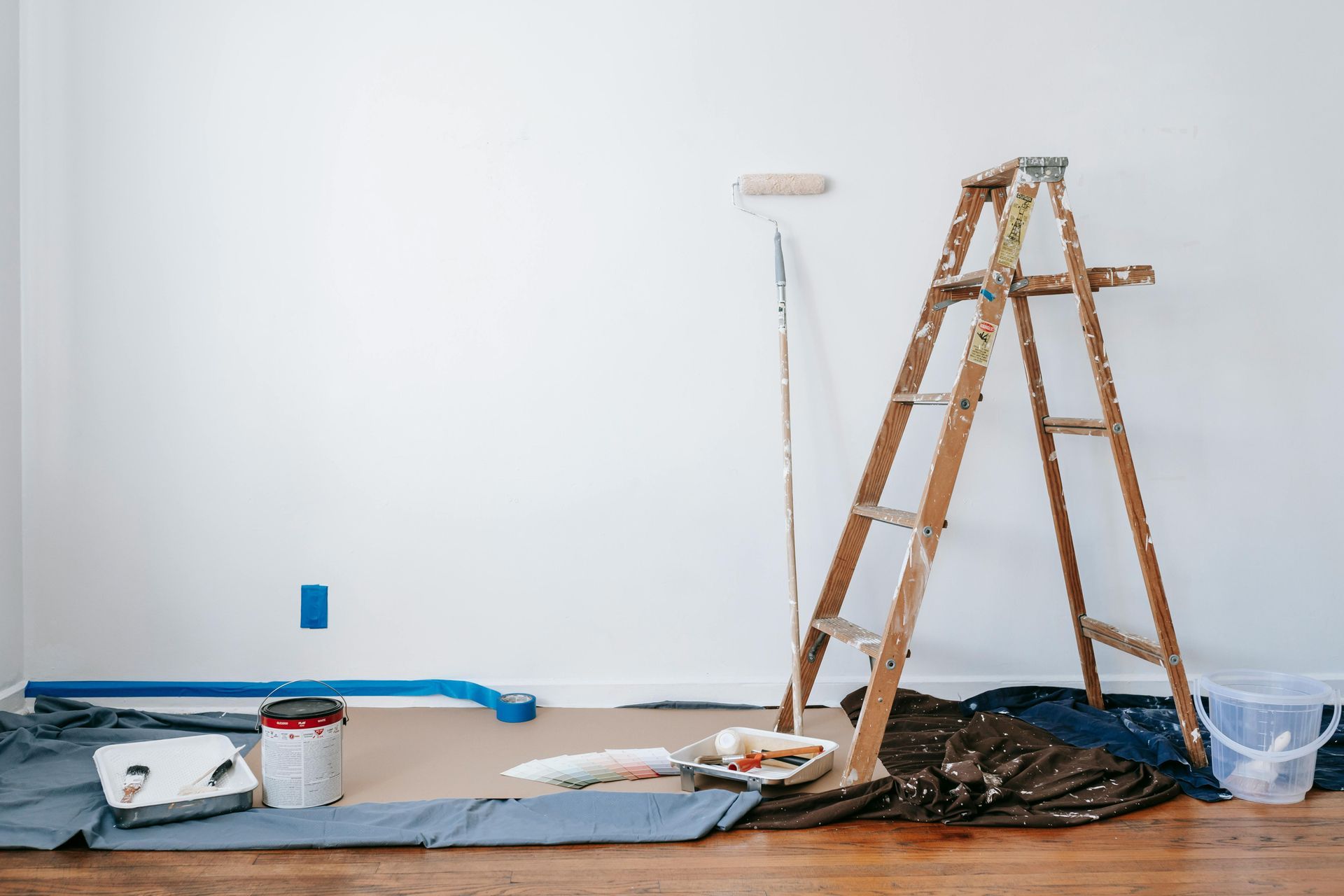Embrace the Magic of an Outdoor Kitchen
When looking to enhance and revamp a home’s exterior, perusing all the options related to decking in Boulder is a wise move. For homes already complete with a deck or looking to add one, turning the home “inside out” a bit by building an outdoor kitchen is a unique and exciting way to modernize the property. Properly outfitted Boulder hardware stores and businesses specializing in home improvement offer exceptional professional guidance, as well as quality work and materials, like lumber in Boulder, to help realize all manner of outdoor cooking dreams.
Novel and Conducive to Memorable Entertaining
Having a special outdoor kitchen and dining area allows hosts to create a unique ambiance for themselves and guests, using elements like mood lighting, music, and visually exciting yet comfy outdoor furniture. For kitchens outfitted with ample counter space and cubbies, hosts can go all out and harness their creative urges by filling unused space with decor. Maybe some strategically placed candles are conducive to the desired aesthetics and mood, or those throw pillows that match the outdoor chairs would look great in the connected side seats. Hosts may even want to embrace the more natural themes of being in nature and add beautiful accents with floral arrangements or succulents. Another great customizable option for outdoor kitchens is constructing the dining area in an island configuration around the grilling and cooking area. This allows for even more engagement and connection between the cook and guests and maintains a heightened sense of community and social bonding, even while busy multitasking mixing salads, and monitoring the grill. This setting offers hosts the opportunity to save on potential restaurant costs and instead invest in creating a special experience with quality food and surroundings.
Outdoor kitchens are nothing without a quality grill. This most communal of cooking methods has its own lists of benefits, like offering taste variety with the high heat and charring involved, which is considered healthy as excess fats drip off. These benefits are paired with the modern conveniences of a mini-fridge, sink, and a spacious countertop doubling as an area for hanging out and socializing in an outdoor kitchen. There is no need for constant trips in and out of an indoor kitchen, allowing for a more fully immersive and centralized experience.
Extension of Home Living Space
Practically speaking, for those with smaller home interiors, or, perhaps, a long guest list- maybe both!- extending the social area to the outdoors provides the necessary space for a full and engaging experience for all present. What’s more, investing in aesthetically pleasing and practical exterior elements encourages homeowners and guests to enjoy the outdoors more. Cooking and socializing can still take place in the same area, now upgraded with the simultaneous enjoyment of fresh air and the natural elements of a property. The modern amenities and personalized design of an open-air kitchen offer residents and their visiting friends and family to indulge in an intriguing ambiance distinct from their more conventional, indoor counterparts. Even simple yet quality construction and the open, breezy setting makes for a more luxurious experience and make every meal feel like a special and relaxing occasion.
Investment in Property
Choosing to add an outdoor kitchen to one’s property offers more opportunities for decorating and customization in the living space. Overall layouts can be as simple as a small corner outfitted with a grill, mini-fridge, and just enough counter space, to more extravagant and eye-catching creations featuring full-size sinks, attached sunken side benches for lounging, ovens, power burners/stoves, smokers, and extensive cabinet and cupboard space. Depending on an individual’s vision and needs, such features as bar islands, pizza ovens, and even waterfalls can be added in. Even rain can be embraced as an element of ambiance rather than a hindrance, as specialized roofs and coverings can be constructed to make the most of an outdoor dining experience.
The materials used for such outfitted appliances are strategically chosen, assembled, and protected to withstand the elements in a given area. One can take advantage of the wide variety of materials available, such as composite decking in Boulder, including quality and professional Trex decking in Boulder. One can also tailor to personal tastes by choosing amenities made of multicolored stone, sleek metal, and accents of all shades, to name a few. Such intentional design is guaranteed to preserve the investment for years to come and retain both personal and monetary value.
According to sources like CNN Money, when reselling a home equipped with an outdoor kitchen, US homeowners can expect, at the very least, to regain the full amount spent on constructing these special amenities. As these cooking areas are considered to be luxury features, countless homeowners in the US are able to sell for a more lucrative price, allowing them to profit off their attractive and practical investment. All in all, an outdoor cooking area not only offers a unique ambiance but can also add significant value to a home, attracting attention and benefitting the owner when it comes time to sell.
Lower Energy Usage in Hot Seasons
As most modern homes are equipped with air conditioning, especially properties located in areas with warmer weather year-round, outdoor areas designated for cooking can help save on energy costs. Cooking inside intrinsically warms up the interior of a home, particularly larger-scale meals, which can be an advantage in areas with cold fall and winter weather. However, during the summer and hotter periods, a home’s air conditioner has to use up more energy to keep the interior cool. Not only can indoor summer cooking get stuffy temperature-wise, stronger, more pungent smells can also be intensified, like deep fried foods. Instead of opening windows to air out a home and letting hot air flow in, also expending more air conditioning energy, cooking outdoors eliminates any such concerns, even smoky mishaps with burnt dishes.






